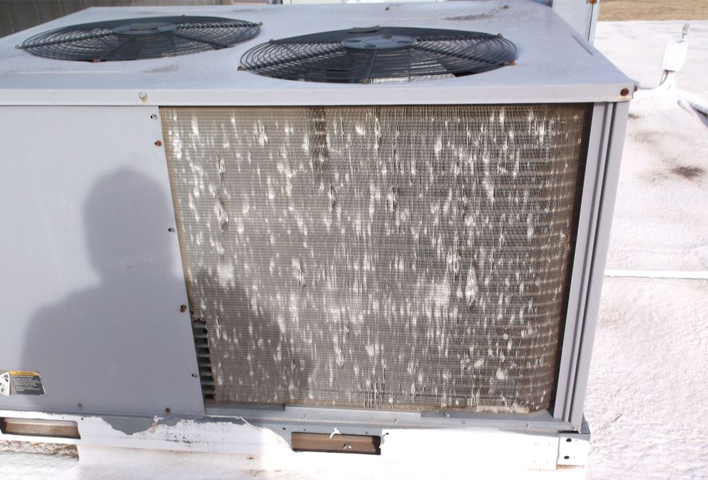Coil of Duty: How to read a Carrier® Unit Model Number “38ARZ008---511" Commercial Air-Cooled Split System.
Figuring out how to interpret Carrier unit model numbers doesn't have to feel like a chore. Let's break down what "38ARZ008---511" really means. Welcome back! Today, we're diving deeper into the world of commercial air-cooled split systems by examining the Carrier® Unit Model Number "38ARZ008---511". Let’s start with the beginning of the model number: 38AR. This prefix identifies the unit as a commercial air-cooled condensing unit designed for large-scale applications. Moving forward, we encounter the letter Z in the sequence. In Carrier’s nomenclature, the "Z" denotes a single circuit scroll compressor. This type of compressor is known for its efficiency and reliability in various operating conditions. Next up, the digits 008. These numbers represent the cooling capacity of the unit, specifically indicating that this system provides 7 tons of cooling power. For reference, each ton corresponds to approximately 12,000 BTUs per hour, making this a substantial unit suitable for larger spaces. Following these digits, we come across the first two dashes, “- -“. Interestingly, these positions do not carry any specific meaning in this context. It’s just one of those quirks in manufacturer coding systems. Now, the third dash “-“ holds significance. This indicates that the condenser coil’s fin material is made of aluminum. Aluminum fins are commonly used due to their excellent heat dissipation properties and resistance to corrosion. However, when replacing coils, it’s crucial to ensure compatibility, as other fin materials like copper, factory-coated aluminum, and factory-coated copper are also available options. Finally, the last set of numbers, 511, does not contribute to identifying the condenser coils. Instead, these digits are likely reserved for additional specifications or manufacturing details that don’t directly impact coil selection. According to Carrier’s documentation, this unit features two U-shaped condenser coils, each with two rows of tubes and 17 aluminum fins per inch. This configuration ensures optimal performance and efficient heat exchange. If you’re working with similar model numbers or need help decoding coil specifications, don’t hesitate to reach out. Our team at Nationwide Coils is here to assist and simplify your tasks. For replacement parts, feel free to fill out our quote form. Curious about other models in this series? Check out the comprehensive spec sheet provided by Carrier for further insights. For a more in-depth look at the Carrier® units in this family, take a moment to review this detailed spec sheet.
The surface of the stainless steel plate is smooth and has high plasticity, toughness and mechanical strength, and is resistant to corrosion by acids, alkaline gases, solutions and other media. It is an alloy steel that does not easily rust, but it is not absolutely not rusty. Stainless steel plate refers to a steel plate that is resistant to corrosion by weak media such as atmosphere, steam, and water, and acid-resistant steel plate refers to a steel plate that is resistant to corrosion by chemically aggressive media such as acid, alkali, and salt. Stainless steel plates have been around since the beginning of the 20th century, and now have a history of more than a century.
Stainless steel does not stain, corrode, or rust as easily as regular carbon steel and provides high strength and impact resistance along with the aesthetic appeal. The material also has anti-bacterial qualities and is easy to clean and sanitize.
stainless steel plate, Stainless steel sheet, 304 stainless steel plate, 316 steel plate Shandong Guanzhou Iron and Steel Group Co., Ltd , https://www.cnshansteel.comDecoding the Carrier® Unit Model Number "38ARZ008---511": A Guide to Commercial Air-Cooled Split Systems
